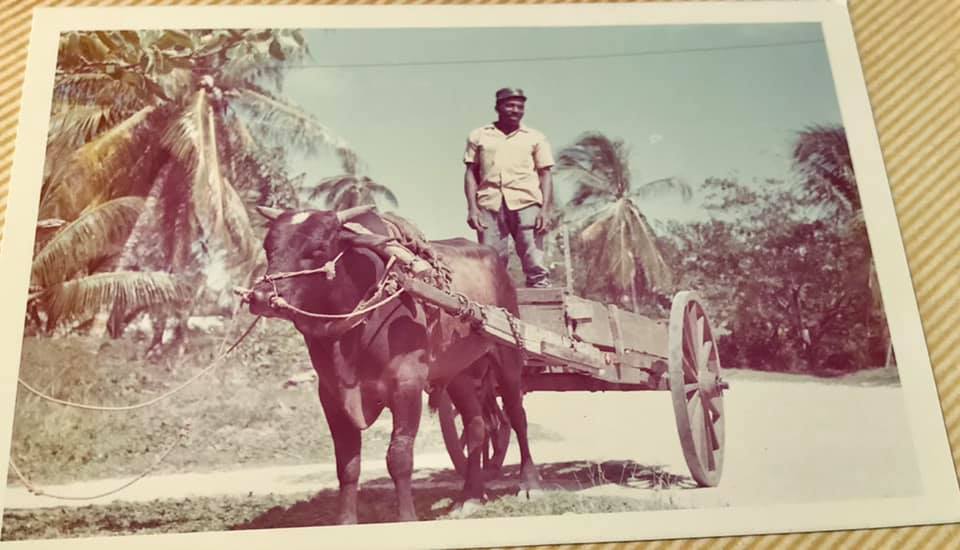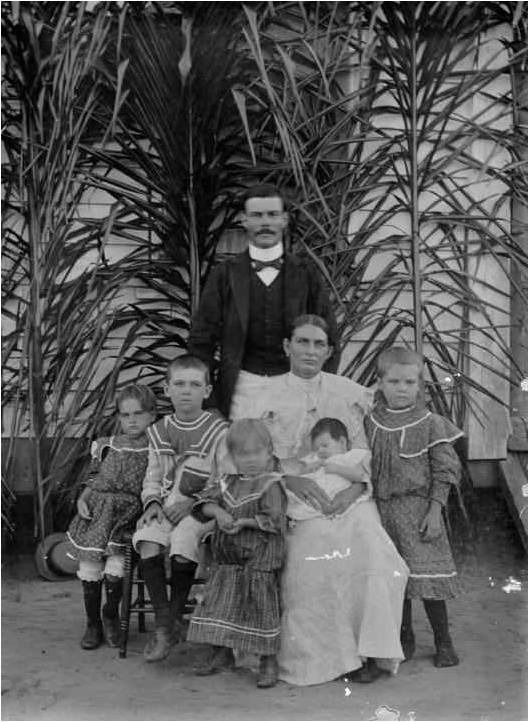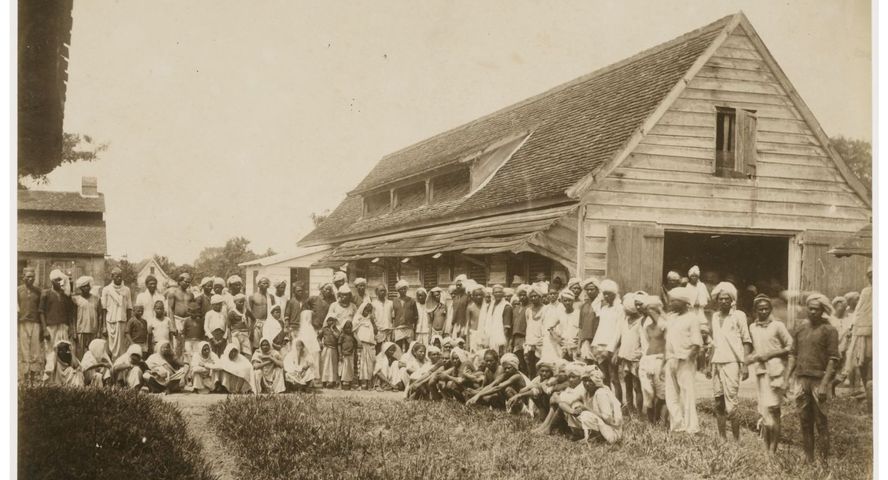Contours for nation creation with ethnic diversity ‘Vasudhaiva Kutumbakam
By Deepti Aggarwal, New Delhi India, June 5, 2024
Author’s Name: Dr Shardhanand Harinandan Singh (PhD)
Quote: “Why don’t we adopt India’s ‘Vasudhaiva Kutumbakam’?
Which gives the message ‘One Earth, One Family’,
Why don’t we also adopt Africa’s ‘Ubuntu’?
Which says ‘I AM AS WE ARE’,
Why don’t we adapt to Suriname’s ‘Bromki Dayari’?
Which turns us into a bouquet of colorful flowers,
Aren’t we all humans?
Children of the same God
Then why is the a difference of opinion
Regarding color, caste & race
When everyone’s blood is red
Everyone has the same sensitivity
So let’s live together &
Adopt the philosophy of life
Vasudhaiva Kutumbakam,
Ubuntu and Bromki Dayari” .
To establish the same message, Indo Suriname’s, 80-year-old young columnist, political critic, social lector, and brilliant scholar Dr Shardhanand Harinandan Singh wrote the book HOMOGENIZATION IN MULTICULTARITY Contours for nation creation with ethnic diversity “Vasudhaiva Kutumbakam’ after years of hard work. This book is based on the multiculturality of Suriname. First, it was published in the Netherlands in July 2023. The cover page of the book is
very attractive and appropriate, looking at which the reader gets a glimpse of the message of homogeneity in a multicultural nation.
At the beginning of the book, the author gives the upper written message of ‘Vasudhaiva Kutumbakam’ of Indian philosophy, which is also described in the story of Panchatantra written by Vishnu Sharma. It is also inscribed in the entrance hall of the Indian Parliament, which gives the slogan One earth, one family, one future and essentially affirms the value of life of all organisms, human and plant, and their interconnectedness on earth and the wider universe. The book strongly points out that in today’s turbulent times, there is a need for a sustainable, holistic, responsible, and inclusive way to live in harmony with the surrounding ecosystem and ethnical diversity, which leads us toward a futuristic, prosperous, independent, developed society and which has a human-centric approach at its core. This method can be achieved only by adopting the concept of ‘Vasudhaiva Kutumbakam’. Because “This is mine and this is yours” such calculations are only done by narrow-minded people. For people with a generous heart, the entire earth is a family. To understand this concept better we can take another example from
Indian philosophy. There is a mythical story of ‘Samudra Manthan’ in Bhagwat Purana, Mahabharata, and Vishnu Purana in which although the Gods and Demons were of different ideologies, the difficult task of ‘Samudra Manthan’ was possible only due to the collective efforts of the King of Gods Indra and the King of Demons Bali. This means, that only when different tendencies and different powers come together, can the overall development of mankind
happen, that is, the whole earth is a family, and development lies in walking with everyone. Along with Indian society, this concept is also present in African society and it was the leading slogan at the G-20 conference in New Delhi in 2023. There is a word ‘Ubuntu’ in the Zulu language of South Africa, which is derived from the Nguni and Bantu languages there, which means ‘I am because we are’. How can any one of us be happy if everyone else is unhappy? Their philosophy
of life was that ‘I am happy with whatever I have’. That is why we all are. Both Indian and African communities are completely different but the philosophy of both has the same message and this is the message the author is trying to give to the readers through this book. Last year in 2023 when I visited Suriname, Guyana & Trinidad for my research I felt harmony in the multiculturality of different communities in Suriname. In the book’s preface, Dr. Shailendra Naresh Kulkarni writes about harmony and says that multi-ethnic society will flourish only when there is uniformity, empathy, tolerance, and mutual harmony in multi-culture. Today when the whole world is being woven with the fabric of multi-culture, how can different societies establish mutual co-ordination, how can they maintain balance with others while protecting their culture and identity, and what challenges and opportunities come in such a society? The author answers all these questions to the readers in simple language by highlighting the personal experiences of the people living in such a society, their struggles, victories, losses, and benefits, and opening new vistas of knowledge before the world. In the era of global tension, chaos, and selfishness, this book has brought new hope. Since the author is from Suriname, he chose Suriname as an example of multiculturality, which means a nation with multi-ethnic diversity. The author has divided the book into 10 chapters. Due to colonialism, the issue of uniformity, hereafter homogeneity in the multiculturality in Europe and other nations colonized by several countries of this continent is becoming a permanent problem. The reason for this is the migrant workers, large-scale migration from old colonial areas, and refugees coming to the Netherlands, Belgium, France, and England. The impact is a large number of social problems that have started arising like expression of racism, insistence on ethnic identity, exclusion, intolerance, problems with neighbors, etc. To solve these problems, it is necessary to find out the root cause of it, understand the problem well, discuss it, and analyze it seriously because the issue is much more serious than it appears on the surface. It is also necessary to raise the problem at local, national, and international levels.

Descendant of the Girmitiya
As a motor to develop multiculturality after the abolition of slavery, the Girmit system was another form of slavery. Both systems are the sides of the same coin. The Indian indentured labourers never were told the real truth about the place they were transported to and their working circumstances by coercion. Finally, they protested against the beatings and exploitation by the whites from time to time. Although the life of the new slaves was worse, there were many similarities between the lives of Africans who were enslaved for a long time and the lives of indentured labourers from India. When the emigration of the indentured labourers ended after the protest of the Nationalists In India, Javanese, Chinese, and a few other migrants came as indentured labourers too and made multiculturality in this part of the Caribbean region even more colourful. Most of them remained in this part of the world permanently. The author interestingly explains more in the second chapter how workers from different countries came to Suriname. Was that migration voluntary or were the workers brought by force or allurement? If yes, why? What were the push and pull factors for coming from India and other countries? Was this not a heinous crime of colonialism against humanity? The author raises these questions and for example, tells about the coming of his grandparents to Suriname along with other Indians and their sufferings. He also tells how the workers of that time preserved their Indianness, religion, language, and culture despite living so far away from India. Readers get Information about the enslaved Africans especially the Maroons who are the tribal people who live in the interior forests in this land. They opposed the atrocities committed by the whites in the plantations fled from the plantations and formed their independent communities.

However, the social problem that arose such as in Suriname could not be solved even by the brotherhood policy (bromki diyari) of the last decades. Due to time differences of color, caste, and race started arising between the people of Suriname and profiled themselves. The government tried its best to bring harmony in all communities for decades but finally, it failed and in such a case the government was unable to stop the exodus to the Netherlands around independence in 1975. But this was not the solution to the problem. When Suriname became independent in 1975, the Indians of Suriname too had to once again face the pain of migration.
According to the author, the flag of Suriname had five stars which were a symbol of multiculturality in sectional diversity in this country, but after independence, one star in the flag became a symbol of increasing harmony, coordination, development, and brotherhood in the country. Finally, in reality, the truth is something else. Concerning the twice-migrated (Girmitiya) descendants in the host community they had to face new problems of immigration and integration. Not all of the host community were happy with the migrants. For example, when the Surinam people came to the Netherlands, the local people of Tholen and Stavenisse villages opposed them by shouting slogans of ‘Surinamese gone’ home’. To avoid inter-ethnic the Hindustani people created a foundation to help the people live together as fellow citizens.

In Chapter 8, Singh discusses special about the social welfare supported by the Lala Rookh Foundation Netherland, initiated in 1976, and how the integration policy was adopted while preserving its Sarnami-Hindustani culture and identity. The author also suggests a solution to the problem called the ‘Bromki Djari’ policy or homogeneity in multiculturality concerning the slogan, ‘Vasudhaiva Kutumbakam’, all teach the same lesson and that is the lesson of humanity. The attempt to establish sovereignty by any one community leads to the decline of values and the violation of basic human rights. Explorer and sociologist Maurits Hassan Khan said that the interrelationship between Afro-Sarnami and Indo-Sarnami is worrisome. We cannot imagine a stable nation without understanding the cultural needs of all communities. The government and policymakers need to establish a positive dialogue to establish homogeneity among all communities. He said, educational institutions are making some efforts in this area. Singh highlights further if educational programs become transformative so that students participate with students from different communities, their mutual dialogue will increase. Art and culture are also very good means of increasing mutual harmony. In Suriname, the place of worship of Jews, the temple of Hindus, the church of Christians, and the mosque of Muslims are all nearby but there is no high inter-relationship between all the communities. Moral values like kindness, tolerance, love, respect for elders, etc. are taught in all religions. If all religions establish mutual dialogue keeping in mind the interest of the nation, then stability can come in the nation. That’s the core intention of homogenization in multi-ethnic societies. The author gives the example of the city of Arnhem in the Netherlands, where just as people of all communities gather there and celebrate their street green, in the same way, different communities can increase unity by sharing their culture and several kinds of food. Singh is very influenced by the France philosophy of Emilie Durkheim (1901). According to Durkheim, homogeneity should be promoted in society with the help of education, art, science, and religion. The distances between different ethnic communities can be reduced. Jagernath Lachmon, a descendant of the Indian Indentured labor, and Johan Adolf Pengel of the Afro-Surinamese ancestors called Suriname a ‘colorful garden’ and gave the slogan of ‘unity in diversity’. According to Durkheim, when choosing the basic life principle of all communities, what should be done and what should not be done determines the policy on sustainable nation creation in an ethnically diverse society. All communities should have femininity, equality, justice, security, endurance, a sense of cooperation with each other, and respect for elders and parents. The author says that his naturality is ‘Hindustani Sarnami’ but his nationality is Dutch. He says, “My nationality can change but not my naturality.” In the end, this much is enough that the book opens up many untouched aspects on the subject of ‘uniformity in the multi-culture or homogeneity in a multi-ethnic society’, which you will be able to enjoy only after reading the book. As a result of its research and in-depth study, the book is very useful for policymakers, knowledge-thirsty readers, and researchers. Thanks again to Dr Shardhanand Harinandan Singh for such an informative book and best wishes for the future. Deepti Aggarwal was born in Narnaul (Haryana) India. Her education took place in Haryana and Delhi. She obtained postgraduate degrees in English, Hindi, Translation, and Social Work. She has submitted her dissertation (Ph.D) at the University of Delhi on the topic ‘Indian Diaspora’: Indentured Labour, Indian Culture and their Hindi Writings’ (in the Context of Mauritius, Guyana, Trinidad & Tobago, South Africa, Suriname & Fiji). More than her twenty research papers on indentured literature have been published in UGC research journals. She has also organized exhibitions of her poems written on indentured labor and the paintings made on them in the art galleries of IIC and ICCR and many universities of Banaras, Agra, Lucknow, etc. She is teaching Hindi subject as a guest faculty at Delhi University.











